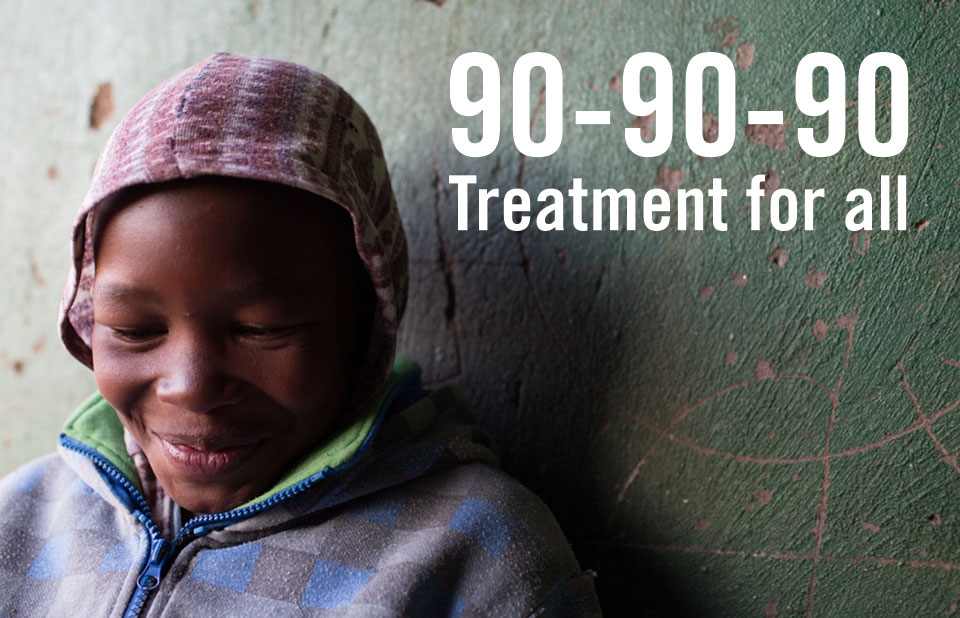

Women, girls and HIV
The UNAIDS report, When women lead, change happens, shows that in 2015, there were 18.6 million women and girls living with HIV, 1 million women and girls became newly infected with HIV and 470 000 women and girls died of AIDS-related illnesses globally.
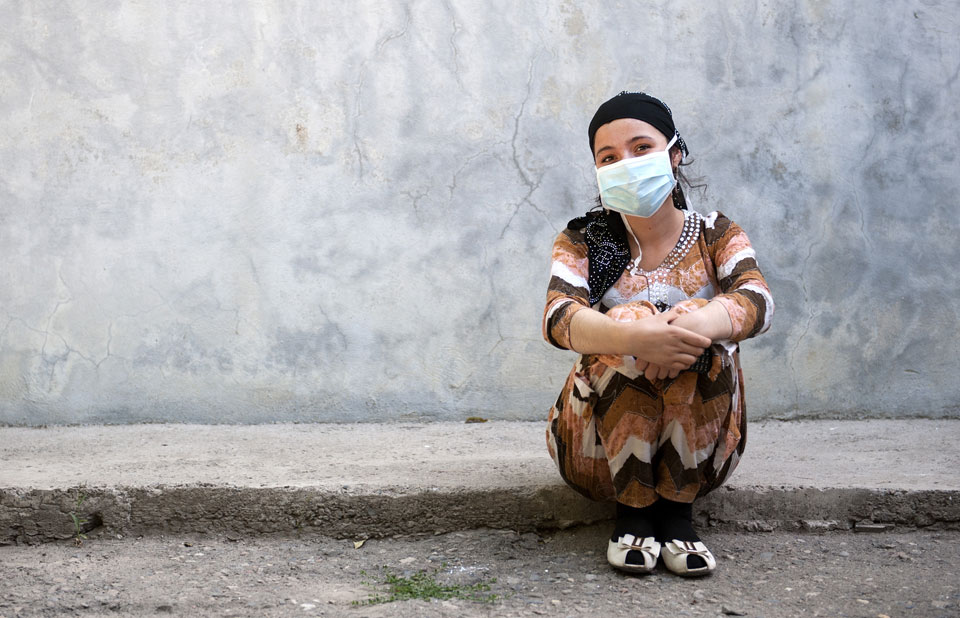
Tuberculosis and HIV
UNAIDS warns that countries will miss the 2020 target of reducing HIV-associated TB deaths by 75% unless urgent action is taken.
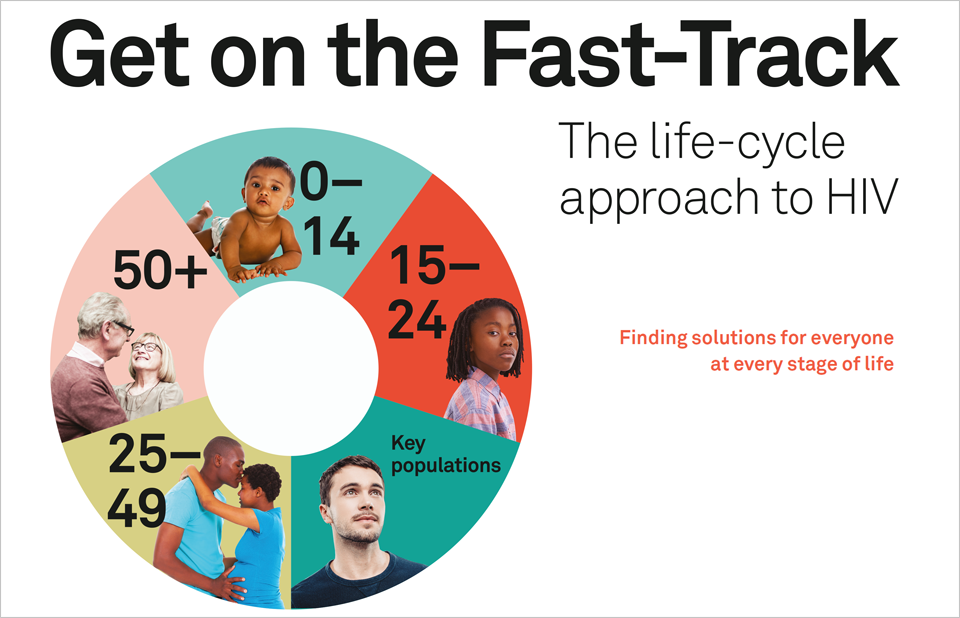
Get on the Fast-Track
UNAIDS report shows that people are particularly vulnerable to HIV at certain points in their lives and calls for a life-cycle approach to find solutions for everyone at every stage of life.
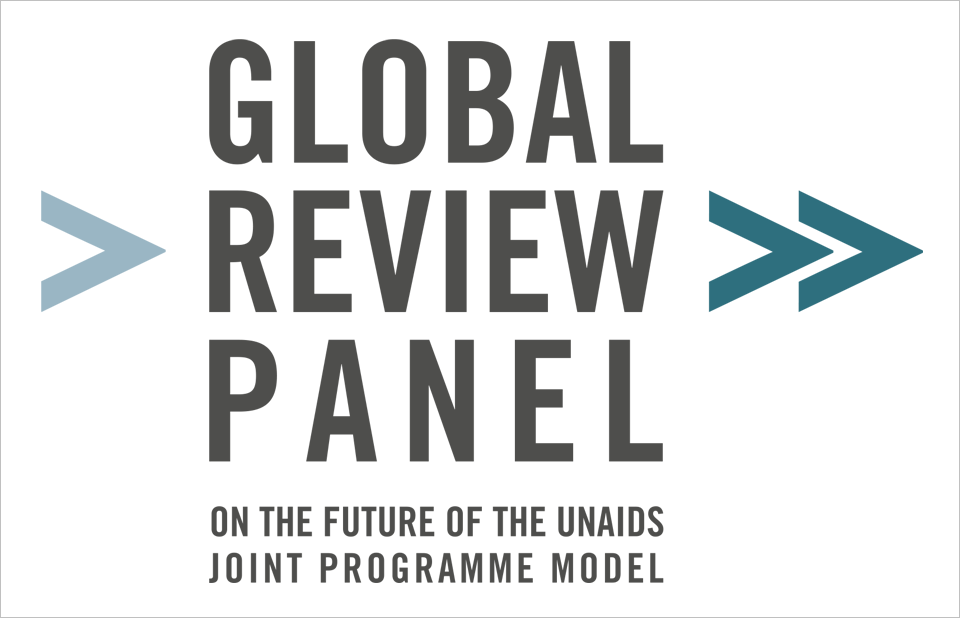
Global review panel
The Global Review Panel is focused on how UNAIDS works—how the Joint Programme can be refined and reinforced to better support countries to end AIDS.
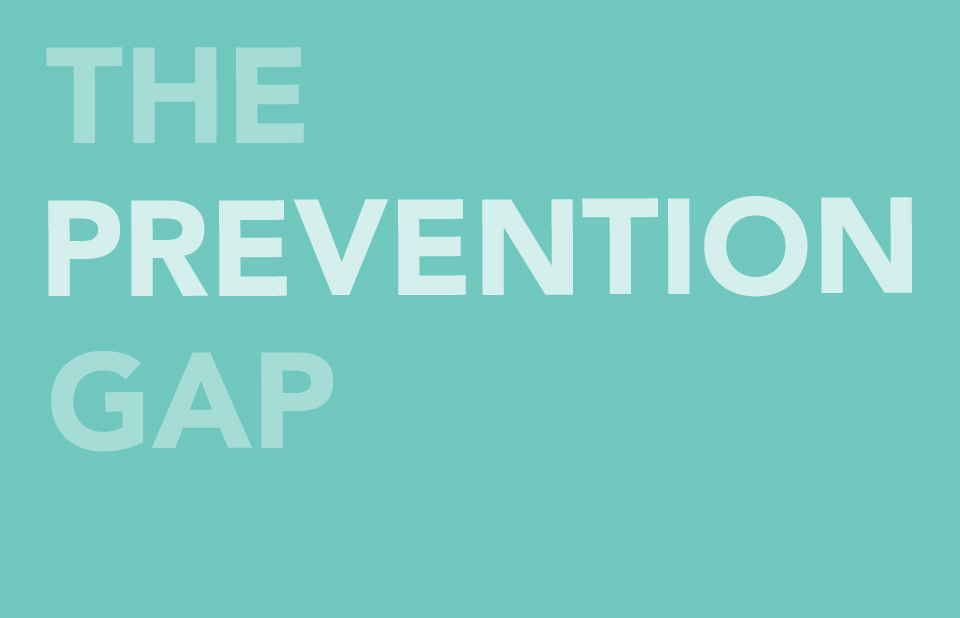
Prevention gap report
Globally, new HIV infections among adults and children were reduced by 40% since the peak in 1997. However, new analysis from UNAIDS shows that new HIV infections among adults have stalled, failing to decline for at least five years. The report outlines what is needed to step up prevention efforts
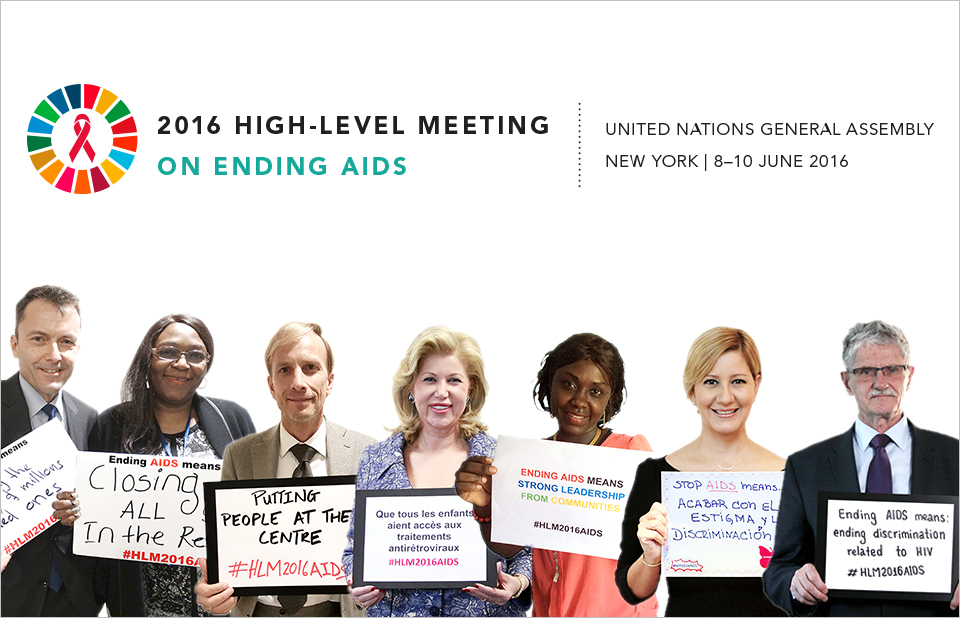
2016 HIGH-LEVEL MEETING ON ENDING AIDS
One hundred reasons why ending the AIDS epidemic is important. Join the countdown to #HLM2016AIDS.
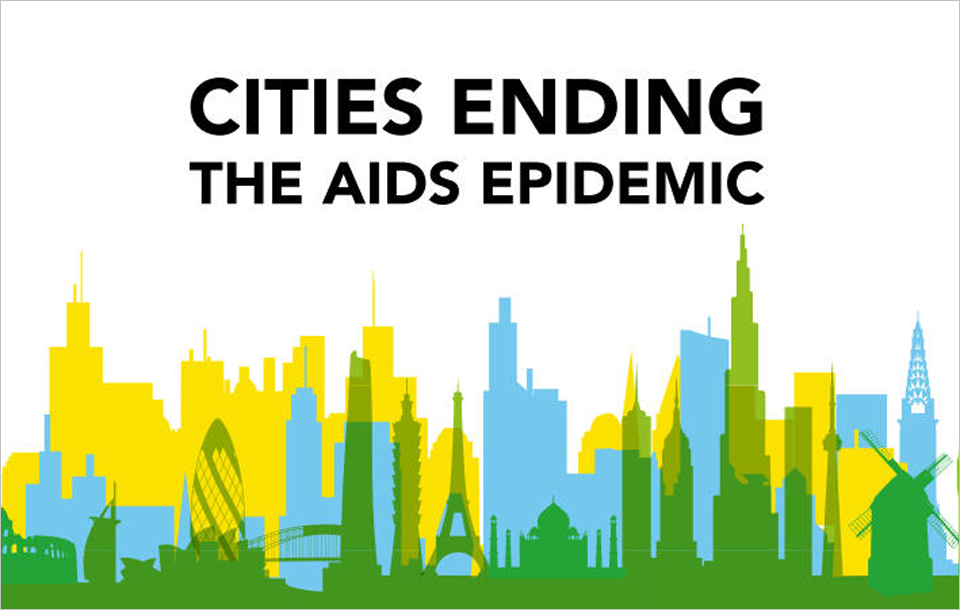
Cities ending the AIDS epidemic
Cities have inherent advantages in responding to complex health problems such as HIV.
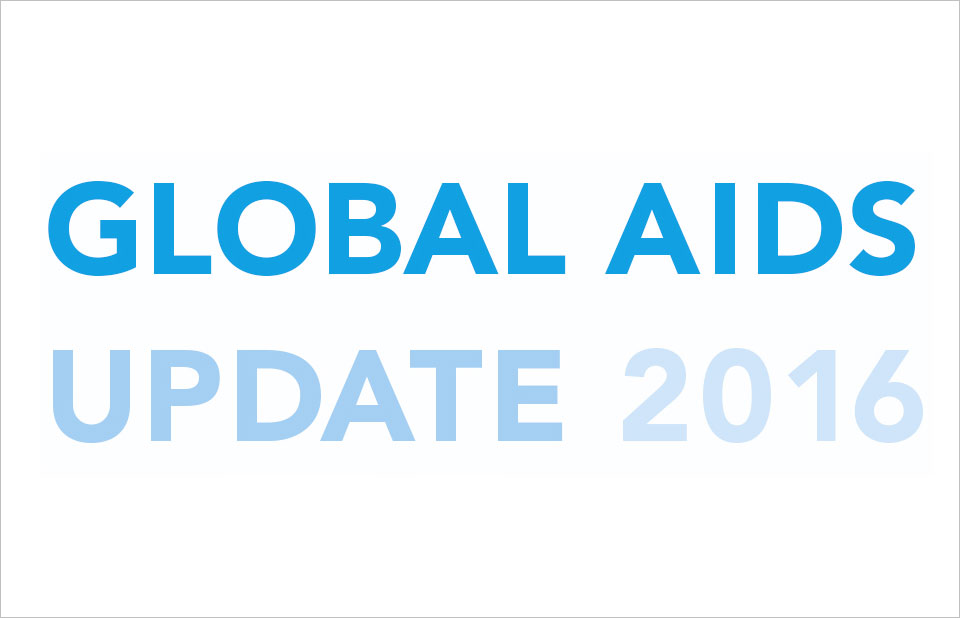
Global AIDS Update 2016
New report from UNAIDS shows that the number of people accessing antiretroviral medicines has more than doubled since 2010

Global AIDS Update 2016
New report from UNAIDS shows that the number of people accessing antiretroviral medicines has more than doubled since 2010
